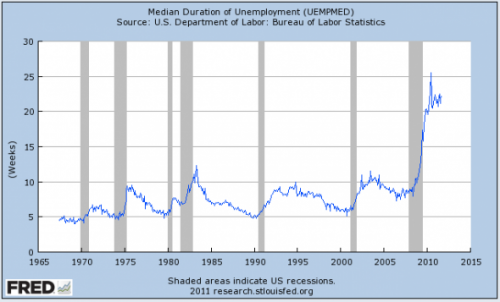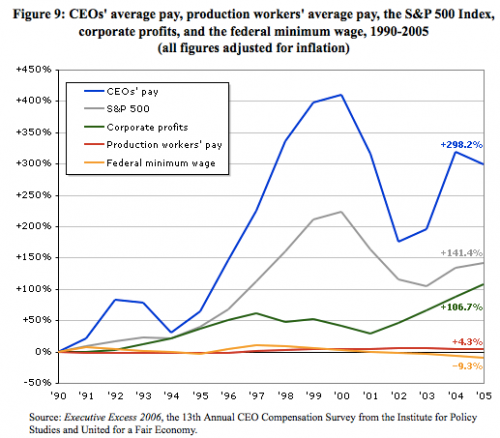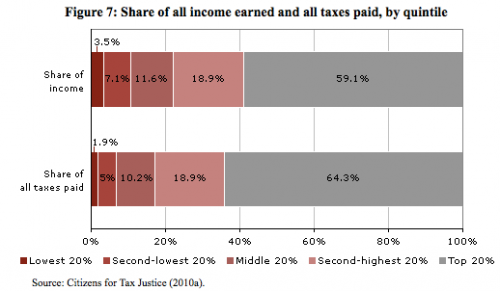I know a guy, bless his heart, who is unendingly surprised to learn that women do things to themselves to try to be more conventionally attractive. Most recently he learned that bleach blondes are almost always, well, bleached. He thought it was a common natural hair color for adult women. LOL.
In any case, I thought the photographs below — by Zed Nelson, and sent along by zeynaparsel — were neat. They disembody the tools women use to enhance their beauty — eyelash extensions, breast implants, hair extensions — revealing them as undeniably artificial.
Lisa Wade, PhD is an Associate Professor at Tulane University. She is the author of American Hookup, a book about college sexual culture; a textbook about gender; and a forthcoming introductory text: Terrible Magnificent Sociology. You can follow her on Twitter and Instagram.


